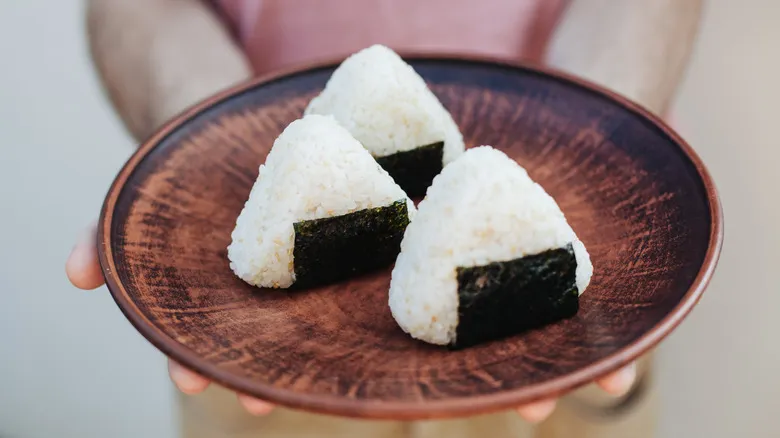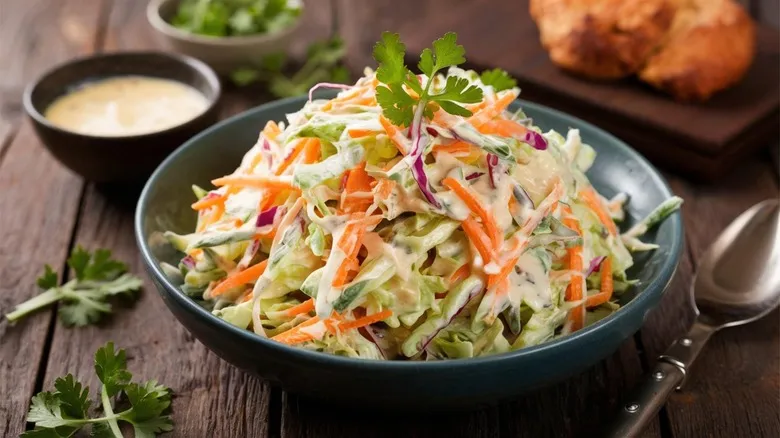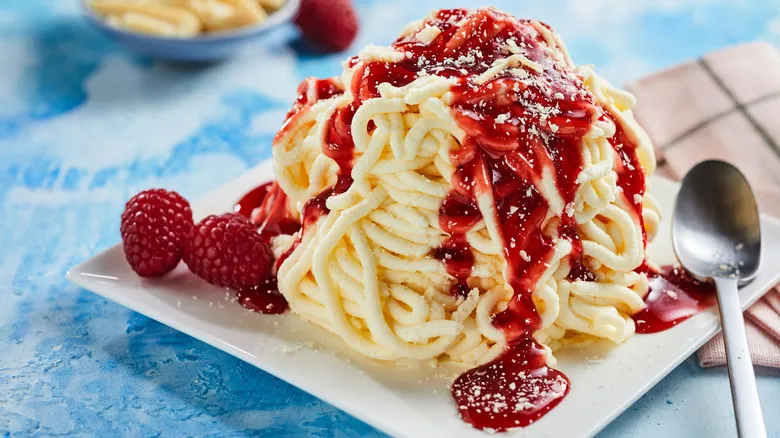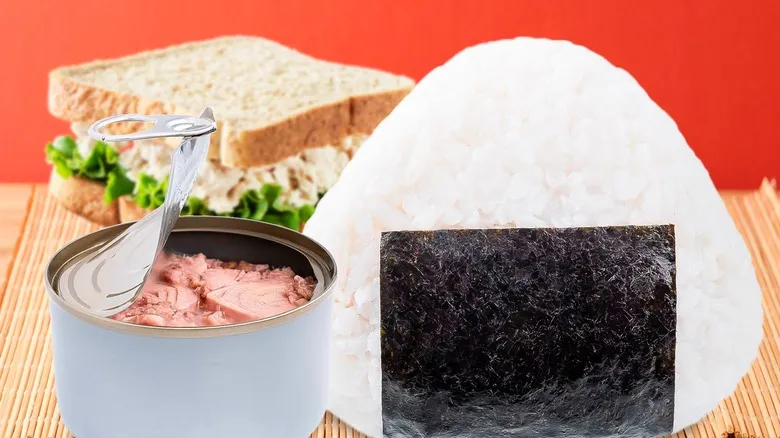Tips for making canned tuna onigiri

Tuna mayo (which sounds like a single word in Japan) has been a beloved filling for onigiri in Japan since 1983. Transitioning from a tuna sandwich to a rice ball is a natural progression. The process is quite straightforward: the secret lies in sushi rice, a term that encompasses various types of short-grained rice known for their stickiness, thanks to a specific starch molecule called amylopectin. This gives the rice the ideal consistency and shape.
For the filling, you'll need canned tuna, a spoonful of mayonnaise, and a tablespoon of soy sauce. A spatula will be useful for spreading about half a cup of rice over a large piece of plastic wrap. Once you've formed the rice into a disc approximately 4 inches in diameter and a quarter-inch thick, create a small indentation in the center and add a teaspoon or two of the tuna mayo mixture. To seal the filling inside, cover it with enough rice. Then, gather the plastic wrap to assist in shaping. Use your hands to mold the rice into an oblong ball or a thick triangle with flat sides.
When preparing the nori, cut the sheets in half along their embossed lines. With the seaweed ready, you can place the triangle of filled rice on its base and wrap the nori around both sides, folding the corners like a gift. Dabbing a corner of the nori with a bit of moisture will help it stick. Alternatively, you can cut thin strips of nori to wrap around the ball or triangle, or skip this step entirely. Enjoy it right away, or wrap it in plastic and refrigerate (just keep in mind that the nori will quickly become soft when it comes into contact with the rice).
Getting creative with canned tuna onigiri

Just like with tuna sandwiches, there are countless ways to enhance your onigiri. Adding seasoning to the tuna or mayo can introduce a savory or spicy flavor. It's common to season the rice before shaping it into balls or triangles. A pinch of salt, furikake (which may include powdered seaweed and bonito flakes), gomasio (which does not), or shio kombu (seasoned kelp) can be mixed in for extra taste. Think about matching specific seasonings with particular fillings to create unique flavor combinations and to hint at the delicious surprise inside, similar to how filled chocolates often have distinct shapes or patterns.
If shaping triangles by hand feels tedious or difficult, consider using onigiri molds, which can be found at many Asian grocery stores or ordered online. These molds come in vibrant plastic or elegant wooden designs, ensuring you achieve a perfect shape every time and impress your friends.
The charm of onigiri lies in its versatility, much like sandwiches, allowing for creative fillings. You might try diced cooked sweet potatoes and carrots, Japanese sweet rolled omelette (tamagoyaki), salted sour plum (umeboshi), or cooked mini shrimp with a special sauce. Instead of just placing a dollop of filling in a dimple, you can spread a thin layer across the rice. Don’t hesitate to get adventurous—experiment with flavored tuna packets (spicy Thai chili is a great option) or give it an "American" twist by using pulled pork or ground beef as a filling. You can even transform it into yaki onigiri by searing the rice on a griddle after shaping it.
Recommended

The Simple Way To Put A Greek Spin On Coleslaw

11 Ina Garten Tips That Will Make You A Better Home Cook

Infused Olive Oil Is The Simplest Way To Bring More Flavor To Every Meal

Spaghettieis Is The German Ice Cream Sundae You Can Easily Recreate At Home
Next up

